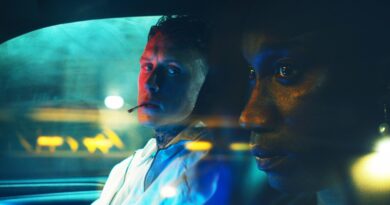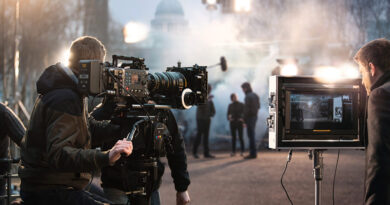The Evolution of Special Effects in Cinema: From Practical to CGI
Introduction
The history of cinema is intricately intertwined with the evolution of special effects. From the silent era to the modern blockbusters, filmmakers have constantly pushed the boundaries of technology to create awe-inspiring visuals that captivate audiences worldwide. The journey from practical effects to Computer-Generated Imagery (CGI) has been a fascinating one, reshaping the way stories are told on the silver screen.
The Era of Practical Effects
In the early days of cinema, special effects were primarily achieved through practical means. Filmmakers relied on physical techniques such as miniatures, matte paintings, and in-camera tricks to bring fantastical worlds to life. One of the pioneers of this era was Georges Méliès, whose 1902 film “A Trip to the Moon” featured groundbreaking techniques like stop-motion animation and superimposition.
As the decades progressed, practical effects evolved to encompass more complex methods. Ray Harryhausen, known for his stop-motion creatures in films like “Jason and the Argonauts” (1963), elevated the art of visual storytelling through meticulous frame-by-frame animation. The integration of miniatures and scale models in films like “Star Wars” (1977) added a sense of realism to otherworldly settings.
The Dawn of Digital Effects
The late 20th century marked a pivotal shift in special effects, as digital technologies began to take center stage. Films like “Tron” (1982) and “The Abyss” (1989) showcased early experiments with computer-generated imagery. However, it was Steven Spielberg’s “Jurassic Park” (1993) that revolutionized the industry by seamlessly blending CGI with practical effects to bring dinosaurs to life.
The success of “Jurassic Park” paved the way for further advancements in digital effects. Filmmakers now had the ability to create astonishing visuals that were previously unattainable through practical means. The liquid metal T-1000 in “Terminator 2: Judgment Day” (1991) and the groundbreaking bullet-dodging scene in “The Matrix” (1999) demonstrated the transformative power of CGI.
The Dominance of CGI
The 21st century witnessed an explosion in CGI utilization. Filmmakers embraced digital effects as an essential tool, enabling them to construct entire worlds and creatures without the limitations of practical techniques. The “Lord of the Rings” trilogy (2001-2003) showcased massive battles and sprawling landscapes through a seamless integration of practical and digital effects.
Superhero films also played a pivotal role in popularizing CGI. The Marvel Cinematic Universe introduced iconic characters like Iron Man and the Hulk, with their appearances relying heavily on digital manipulation. The fluid movements of Spider-Man in “Spider-Man 2” (2004) demonstrated the potential of CGI in creating dynamic action sequences.
Challenges and Criticisms
While CGI brought unprecedented creative possibilities, it also sparked debates about its impact on filmmaking. Critics argued that an overreliance on digital effects could lead to a disconnect between audiences and the story. The uncanny valley effect, where CGI characters appear almost lifelike but not quite, raised concerns about the authenticity of performances.
Filmmakers like Christopher Nolan championed practical effects in an age dominated by CGI. Nolan’s “Inception” (2010) wowed audiences with its bending cityscapes, achieved through a combination of practical sets and clever camera work. This marked a resurgence of interest in blending traditional and digital techniques for maximum impact.
The Present and Future
As technology continues to advance, filmmakers find themselves at a crossroads, choosing between traditional practical effects and cutting-edge CGI. While CGI remains an integral part of modern filmmaking, there is a renewed appreciation for practical effects that evoke a tactile and authentic experience. Films like “Mad Max: Fury Road” (2015) demonstrated the visceral impact of real stunts and practical sets.
In conclusion, the evolution of special effects in cinema has been a remarkable journey from the practical techniques of the past to the CGI-driven spectacles of today. Each era brought its own innovations and challenges, shaping the way filmmakers craft their stories. As the industry moves forward, finding the right balance between technology and artistic integrity will continue to define the cinematic landscape.




